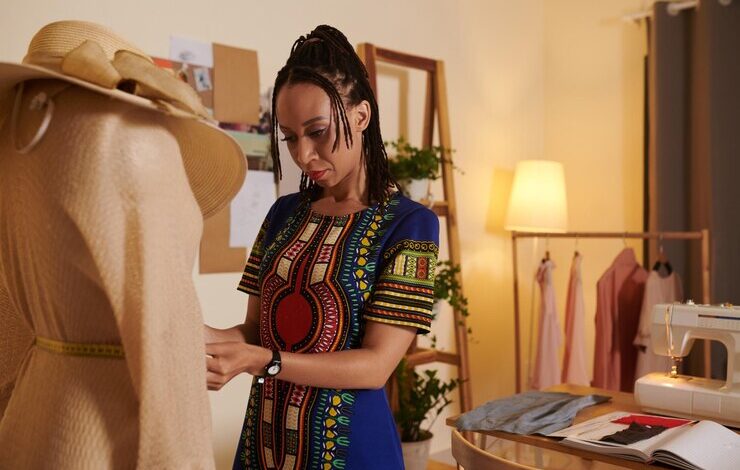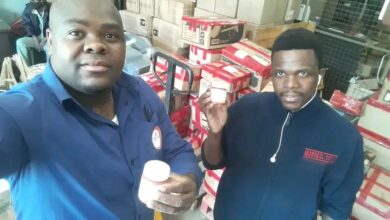How to start a Online platform for local fashion designers in South Africa

The fashion industry in South Africa is thriving, with a rich tapestry of talented local designers showcasing their creativity and craftsmanship. In today’s digital age, an online platform can provide a significant boost to these designers by expanding their reach and connecting them with a wider audience. This article aims to guide aspiring entrepreneurs interested in starting an online platform for local fashion designers in South Africa, highlighting key steps and considerations for success.
- Market Research and Niche Identification: Begin by conducting thorough market research to identify gaps and opportunities in the local fashion industry. Gain insights into customer preferences, emerging trends, and potential target markets. Narrow down your focus by identifying a specific niche or unique selling point that sets your online platform apart from competitors. This could be a focus on sustainable fashion, ethnic-inspired designs, or supporting emerging talent.
- Business Plan Development: Craft a comprehensive business plan that outlines your objectives, target market, marketing strategy, operational structure, and financial projections. This plan will serve as a roadmap for your venture and help secure funding, if necessary.
- Establishing Legal and Operational Frameworks: Register your business and ensure compliance with local regulations and legal requirements. Secure any necessary licenses or permits, and consider establishing partnerships with local fashion organizations or industry bodies to gain credibility and support. Determine the operational aspects of your platform, including logistics, inventory management, and order fulfillment.
- Building an Online Platform: Invest in a user-friendly and visually appealing website that reflects the aesthetics of the fashion designers you aim to showcase. Hire skilled web developers or use e-commerce platforms to create a seamless and secure online shopping experience. Implement features such as product categorization, search functionality, user reviews, and secure payment gateways.
- Curating and Onboarding Designers: Reach out to local fashion designers who align with your platform’s vision and mission. Attend fashion shows, exhibitions, and industry events to discover emerging talent. Build relationships with designers by offering them a platform to showcase their collections and providing support in areas such as marketing, branding, and photography. Curate a diverse and high-quality selection of designers to attract a broader customer base.
- Marketing and Promotion: Develop a robust marketing strategy to generate awareness and drive traffic to your online platform. Leverage social media platforms, influencer collaborations, content marketing, and search engine optimization (SEO) techniques to increase visibility. Highlight the unique stories and craftsmanship of the designers to create an emotional connection with your target audience. Collaborate with fashion bloggers, stylists, and local celebrities to amplify your brand’s reach.
- Logistics and Delivery: Establish efficient logistics and delivery systems to ensure a smooth customer experience. Partner with reliable courier services or consider in-house delivery options. Streamline packaging and order tracking processes to provide customers with transparency and peace of mind.
- Customer Service and Feedback: Prioritize exceptional customer service to build trust and loyalty. Offer clear communication channels, prompt responses to queries or concerns, and a hassle-free return or exchange policy. Encourage customer feedback and implement improvements based on their suggestions to continuously enhance the user experience.
- Collaboration and Networking: Foster collaboration among designers, photographers, models, and other stakeholders in the fashion industry. Host events, fashion shows, or pop-up shops to promote interaction and create opportunities for designers to showcase their work. Engage in partnerships with local boutiques, retailers, or fashion influencers to expand your reach and customer base.
- Continuous Growth and Adaptation: Monitor industry trends, customer preferences, and technological advancements to stay ahead of the curve. Regularly update your platform with new collections, designer collaborations, and fresh content to keep customers engaged. Seek feedback from designers, customers, and industry experts to identify areas for improvement and innovation.
By launching an online platform for local fashion designers in South Africa, you have the opportunity to empower and elevate the vibrant fashion industry in the country. Through careful planning, strategic partnerships, and a commitment to showcasing talent, your platform can become a catalyst for growth and exposure for emerging and established designers alike. Remember to stay adaptable, foster collaboration, and consistently provide an exceptional customer experience. Together, we can support and celebrate the unique creativity and diversity of South African fashion.




